The end of my summer holiday managed to grab some pieces of Shanghai, one of the Chinese cities that enjoys a global reputation. The four-day trip began with high expectations, and ended with not many but just a few strips of memories. Therefore, instead of putting down a series of facts that I cannot recall clearly myself, I prefer to pick a few sites that most allured me during this "freestyle" journey.

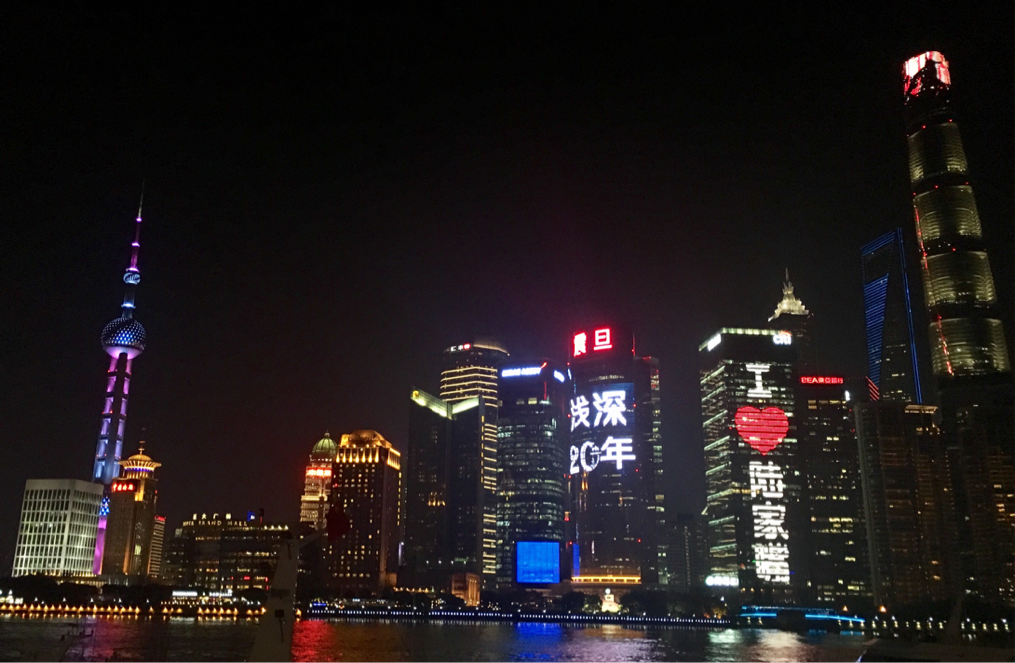
While the Pearl River Delta was ferociously stricken by this year's strongest Typhoon Hato, Shanghai was still bathed in seemingly everlasting sunshine. Technically speaking, the city is nothing distinctive from other mega cities in China. But this changes at nightfall: a time when all the neon lights start to breathe life into the world-renowned urban area. People off work, as well as people from other parts of the world, rush to the famous Bund (Waitan in Mandarin) to have a view of the stunning night scene along the Huangpu River.

The river path is not long at all, but it took me almost one hour and a half to finish the "routine" since the phone camera was so dissatisfying - not able to take down the whole scenery elegantly and eloquently - that most of the time I found myself struggling to adjust the camera or its position. Such recollection reminds me of how thoughtless I must have been, on account that I treasured the camera more than my own eyes. But the most regretful part is that I didn't have enough time to fully relish the cluster of exotic buildings lined up along the other side of the path. The architecture of each mansion almost differs from one another but all with a long standing history telling distinctive stories, which I failed to prime myself with before the trip. As a result, I could only glance over the surface structures of them while wandering along.
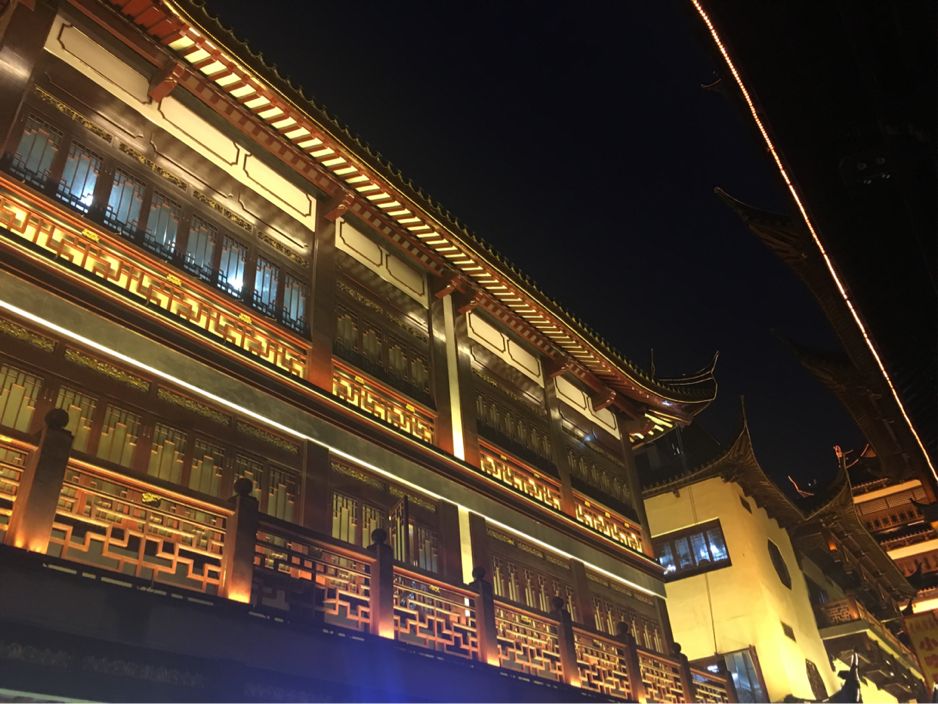
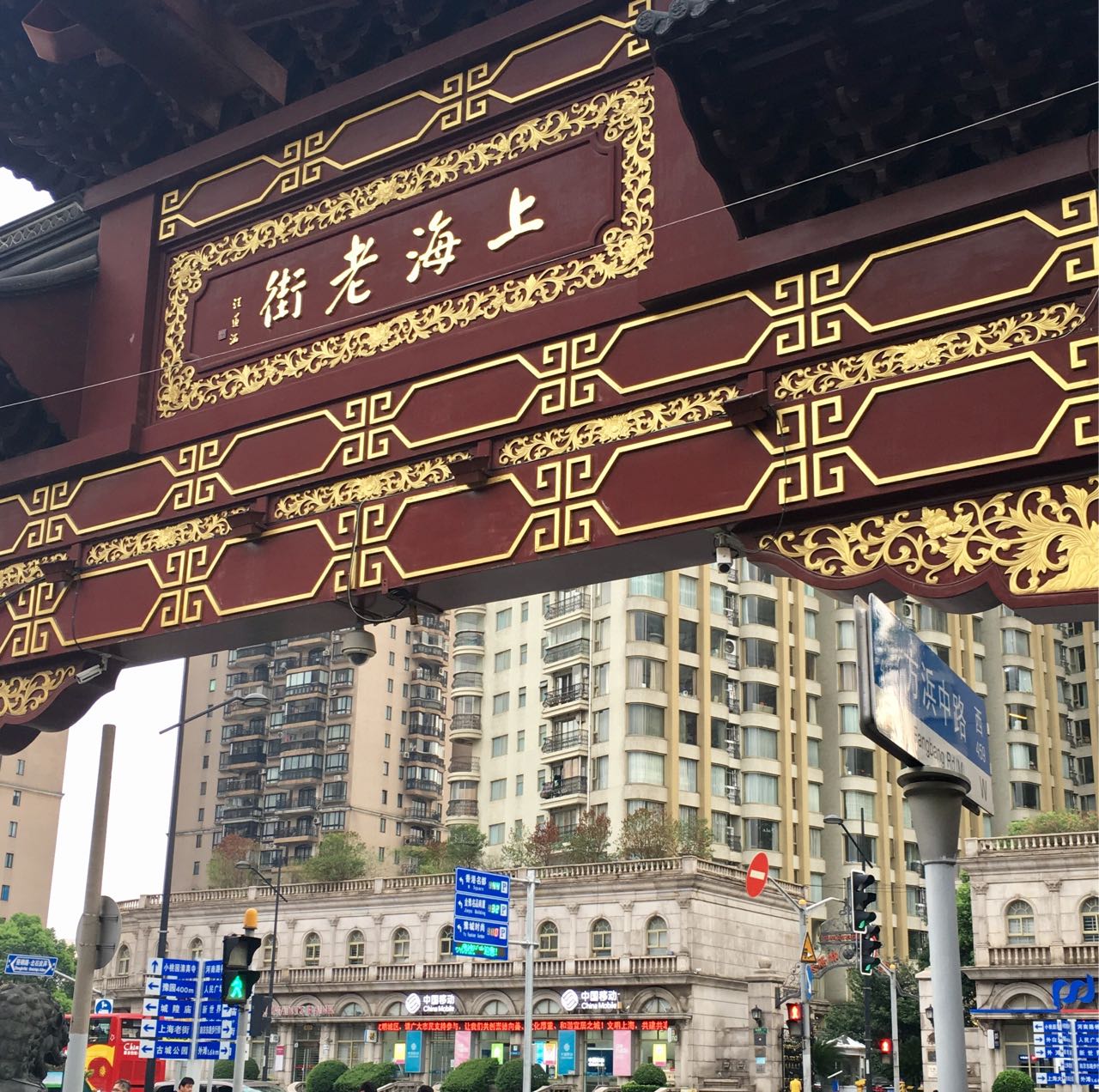
There're other famous buildings around the Bund but I don't fancy elaborating on them, reckoning that the introduction in some tiny brochures definitely tells better stories than me and most importantly, there're way too many visitors crowding around, slashing one's passion to linger for too long. And I'm afraid many long-awaited sites turned out to be the literal places of interest - the interest of traveling handbooks, which can be rather disappointing when what you truly want to look through is the local-colored windows instead of the delicately painted ones. So my impression on of this city, to some extent, is that it's adept at packaging its uninteresting and unvarying commercial centers with archaic architecture in a bid to attract more visitors, or rather, consumers. The traditional Chinese or European buildings are indeed satisfying feasts for eyes, but the commodities, contemporary and low in quality, frankly jar with the rest of the surroundings. Places beset with such problems, in my personal point of view, include Tianzifang and the most-talked-about Yu Garden.
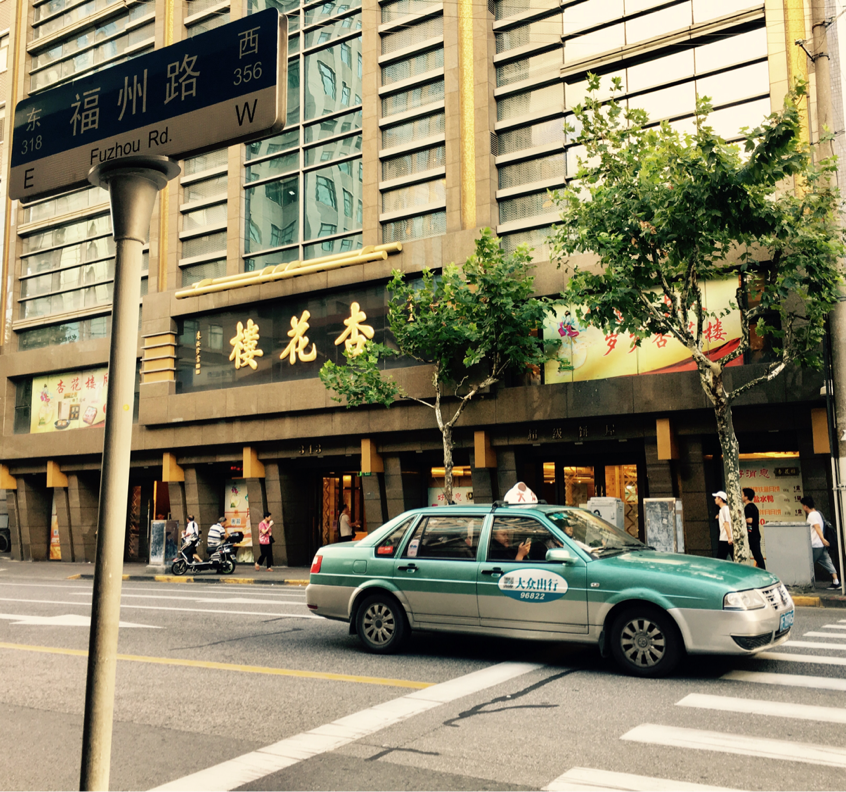
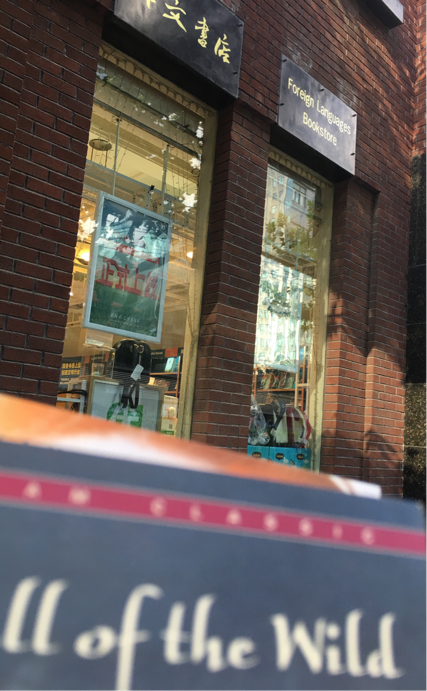
The solution I can think of is to seek less renowned spots, so here I would recommend several relatively quiet and old streets, such as Fuzhou Road, Hankou Road, Jiujiang Road, which really took me by surprise. With less hustle and bustle in these streets, I spent an afternoon strolling aimlessly along like a native, visiting some small shops with goods that caught my eye, even though the sun shone fiercely in such summertime. I dare not class myself as a youth of culture or art, but apart from the breathtaking night view, the city, through such streets, appeals to me by a myriad of extraordinary bookstores and museums, some of fame and some preferring their solitude. Due to limited time, I could only drop into a small number of them. My favorite one is the Shanghai Foreign Language Bookstore, where the largest collection of original foreign books and translations of Chinese culture is available. Given that printed books are a bit expensive and people tend to read E-books in this day and age, this is a must-go place for foreigners and language learners more for collection rather than literal reading. There're several other bookstores with artistic interior surroundings selling stationery and postcards. Tired from afternoon walks, I just got a seat inside a bookstore nearby, worked on some exquisite postcards and posted them right inside the store. Sometimes ease is hard to obtain with calculation since it is just given to coming by naturally.
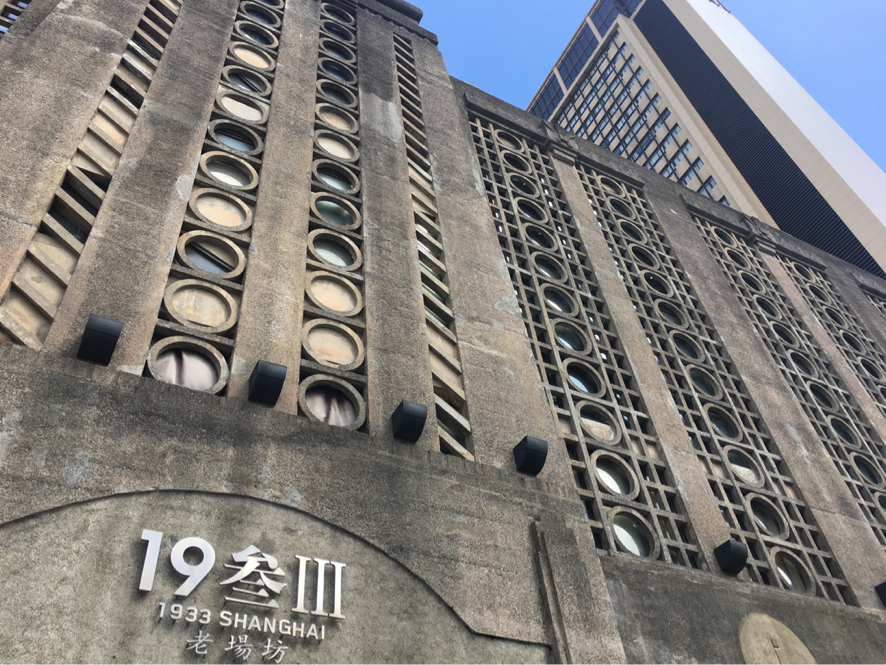

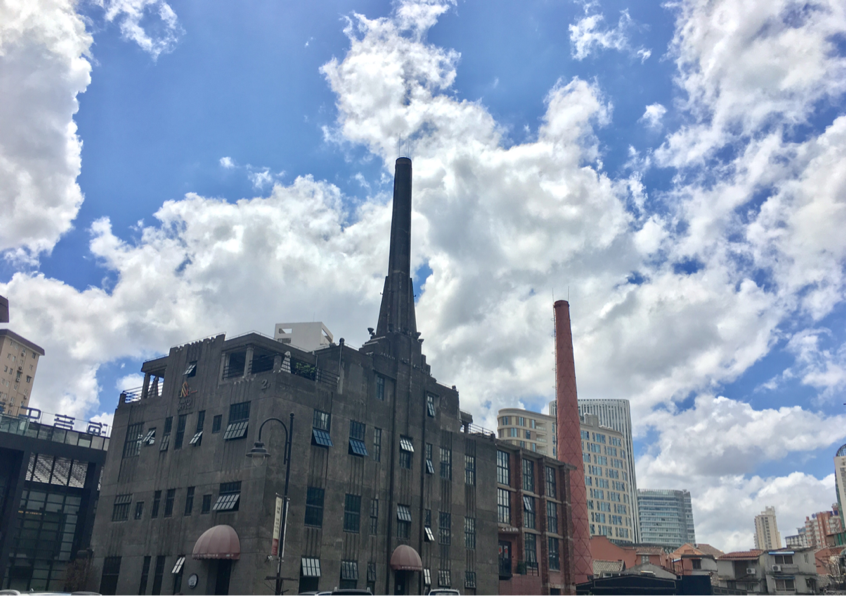
Another spot that won my infatuation is called 1033 Shanghai, an old-established three-story slaughterhouse, but now a small but chic mall of exquisite delicacies and accessories. I have no idea how the food tastes there because it's too expensive for me to savor, but this place is not the least vulgar simply for its unique baroque style. The overall tone is dark, but when natural daylight casts down the winding staircases, an idyllic picture descends and forms a perfect background for your photos. Much should be made of other buildings in its vicinity, which is also infused with modern exotic flavor. Just imagine the interesting picture where local people in their baggy outfits idle along the river against the foreign backdrop.
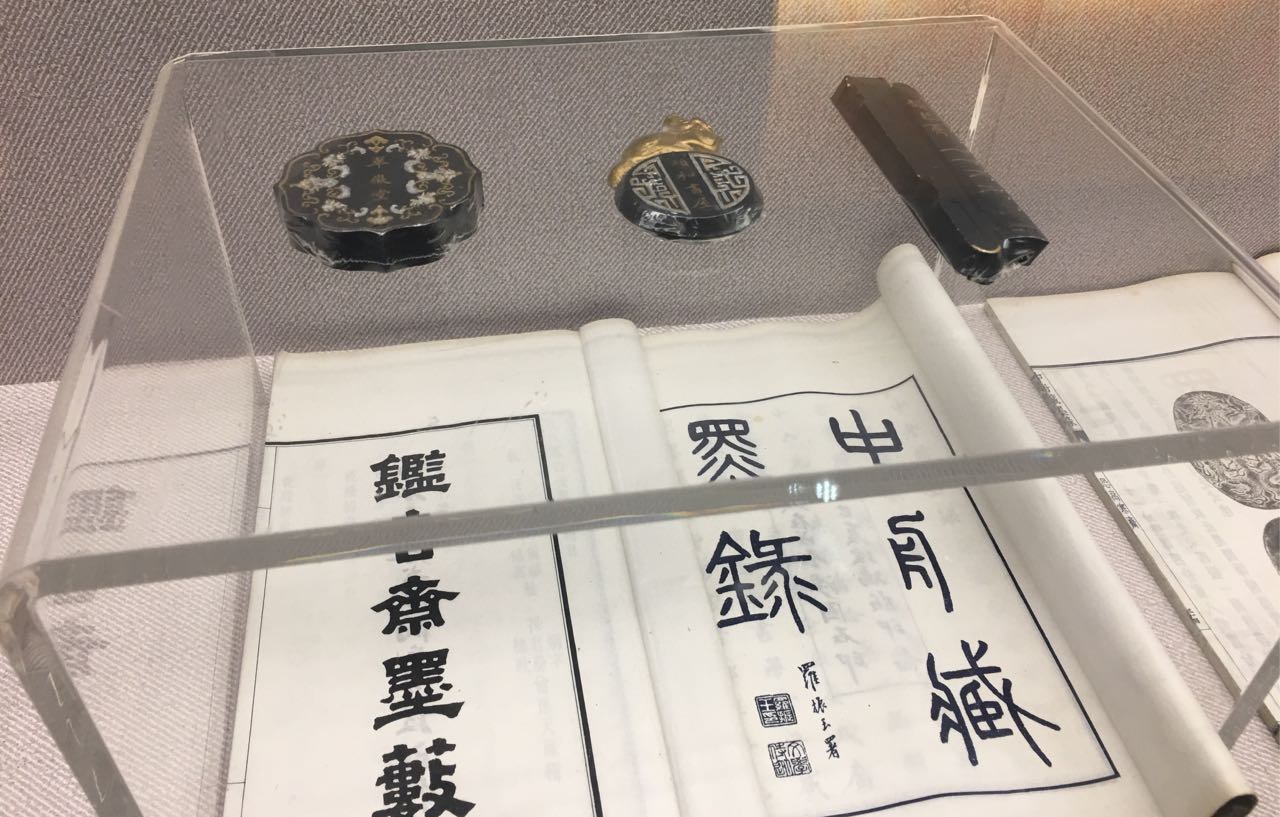
Last but not least, I'd like to mention a free-of-charge exhibition that I came across at some corner of Fuzhou Road to wrap up this journal. The display was on the calligraphy of traditional Chinese characters and the history and making of ink and brush pens. I did learn something related that I'd never embarked on before, like what ink is and how ink is made. But I in fact want to quote a sentence displayed inside the exhibition room from Li Tianma, a Chinese calligrapher. Here's my rough translation:
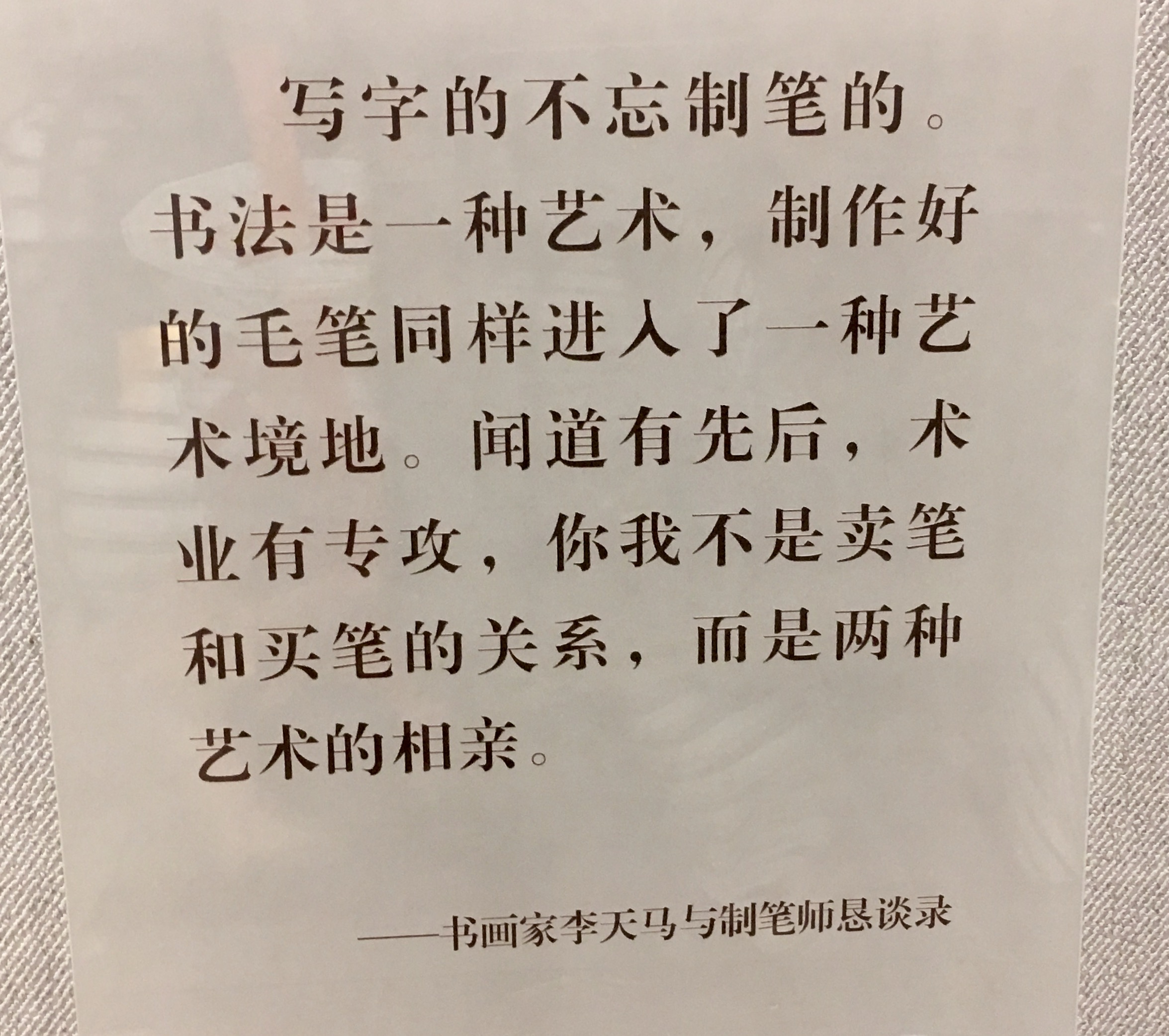
"The brush pen users should not ignore the makers. Calligraphy is a form of art, so is making a good brush pen. Every field has its masters and you and I are not the buyer and the seller but the association of two forms of art."
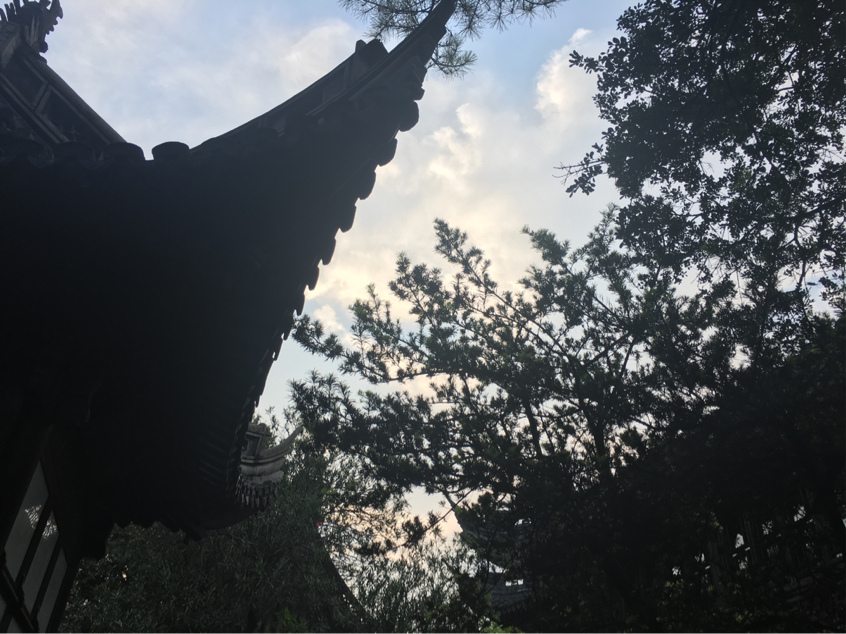
Small but invaluable displays as such are scattered everywhere in this city, and most is worth our visit, often out of our expectations. Therefore I assume that Shanghai is a city that fully, though discord may exist sometimes at some places, embraces the marriage of its prosperous commerce and diversified culture.

